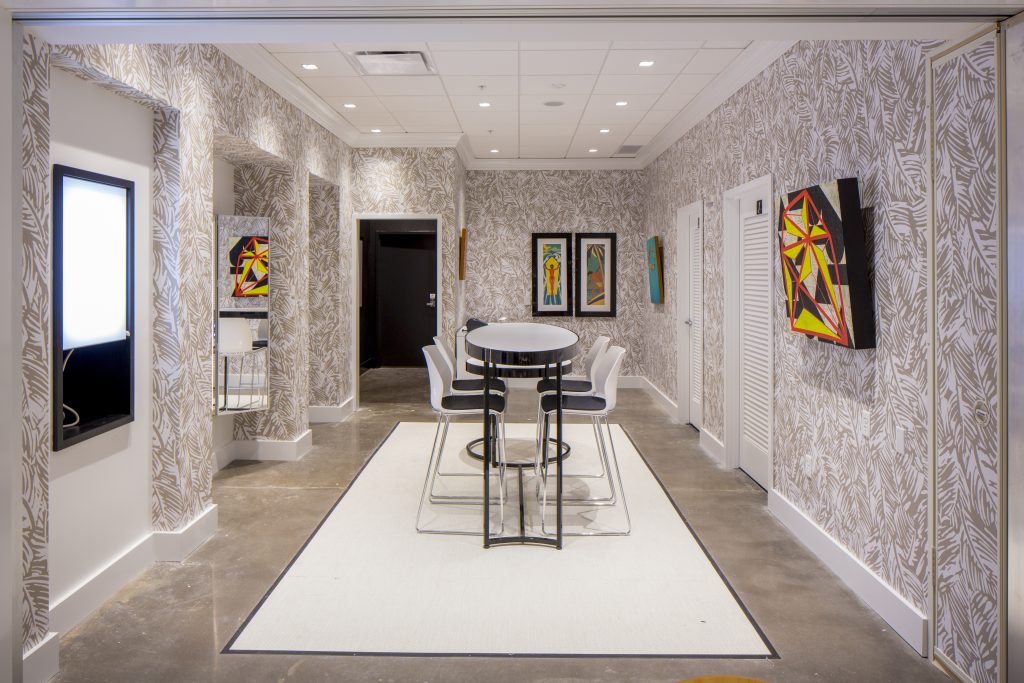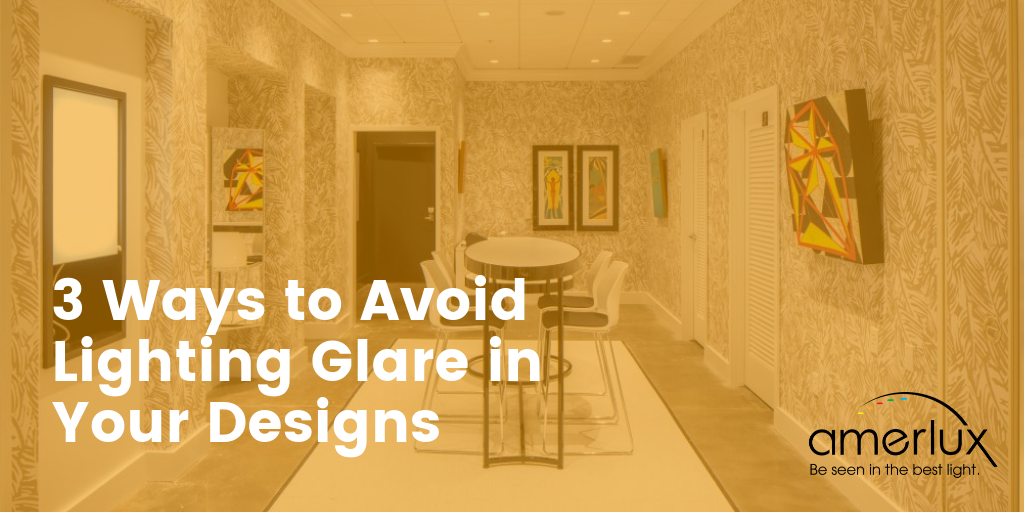
Glare can be a frustrating and distracting problem, whether it's from the sun or artificial lighting. It's important to consider glare reduction when designing lighting systems to ensure optimal visual comfort. In this article, we will explore different methods to mitigate glare and enhance the overall lighting design.
Read more: Orange LED Strip Lights
Understanding Glare
Glare can be categorized into two main types: discomfort glare and disability glare. Discomfort glare occurs when light sources are painfully bright, like driving into the setting sun. On the other hand, disability glare impairs vision due to bright objects, without necessarily causing discomfort. For example, a bright light shining in a dark parking garage can cause disability glare.
While there are measurement systems like visual comfort probability (VCP) and the unified glare rating (UGR) to quantify glare, it's challenging to define it technically. However, with proper design considerations, glare can be minimized or even eliminated.

1. Light in Layers
To achieve optimal room lighting, it's crucial to consider the purpose of the space. What activities will take place in the room? Does it require a specific mood or atmosphere? Instead of solely relying on ceiling lights, consider lighting the room in layers.
Start with task lighting, which can include specialty lamps, under shelf/cabinet lighting, and adjustable desk lamps. Task lighting should provide adequate illumination for the specific task while maintaining proper contrast levels. This helps to prevent shadows that may interfere with tasks or make things illegible.
After setting up task lighting, add ambient lighting to illuminate the architecture. Wall washers and indirect light fixtures can provide a soft wash of light on the walls, creating a pleasant ambiance and avoiding a cave-like appearance.
If needed, the third layer can consist of decorative and accent lighting to highlight architectural features and add a touch of style to the room.
Read more: Characteristics of pink LED lights
2. Diversify Lighting Fixtures
While downlights are popular and visually appealing, they are not always the best solution for overall lighting. Downlights mainly illuminate the floor, which is often the least important area to light. If tasks are performed in the space, relying solely on downlights can lead to glare and shadows. Additionally, without task lighting, the ceiling lights have to provide all the illumination for the area.
To enhance ambient light levels, consider incorporating indirect lighting. Indirect lighting is comfortable for human eyes and creates pleasing aesthetics, especially in large commercial and office environments.
3. Shielding and Shading
The final step in reducing glare involves physical barriers between lights and people. For artificial lighting, this can be achieved through shielding techniques, such as lenses, louvers, snoots, and shields. These devices prevent direct light from shining into people's eyes, effectively reducing glare.
When it comes to natural sunlight, shading is key. Installing shades over windows can help control unwanted solar intrusion during early morning and late afternoon hours. While a building's roof provides some protection, shading ensures a more comfortable environment with reduced glare.
Glare can be a challenging phenomenon, but with careful design considerations, it doesn't have to be a constant issue in your buildings. By implementing techniques like layering lighting, diversifying fixtures, and incorporating shielding and shading measures, you can create visually comfortable and aesthetically pleasing spaces.
Read more: Can I cut vibrant pink LED strip lights to a custom length for my project?
Frequently Asked Questions
Q: What is glare?
A: Glare refers to the discomfort or impairment of vision caused by excessively bright light sources, whether natural or artificial.
Q: What are the types of glare?
A: There are two main types of glare: discomfort glare, which is caused by painfully bright light sources, and disability glare, which impairs vision without necessarily causing discomfort.
Q: How can I reduce glare in a room?
A: You can reduce glare by implementing lighting in layers, diversifying lighting fixtures, and using shielding techniques for artificial lighting. Additionally, shading the windows can help control glare caused by natural sunlight.
Q: Why is glare reduction important in lighting design?
A: Glare reduction is important to ensure optimal visual comfort and prevent distractions or visual impairments caused by excessively bright light sources. By considering glare reduction during the design phase, you can create a more comfortable and visually appealing environment.







